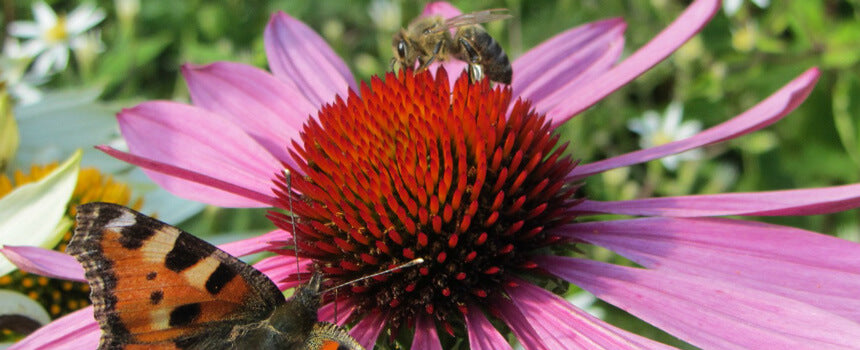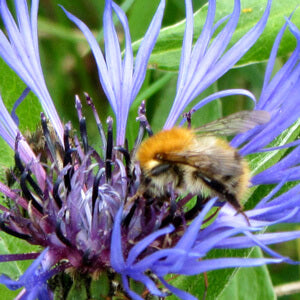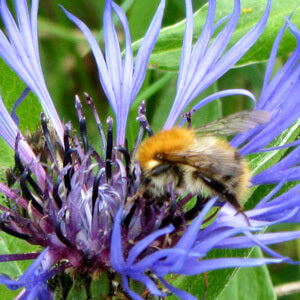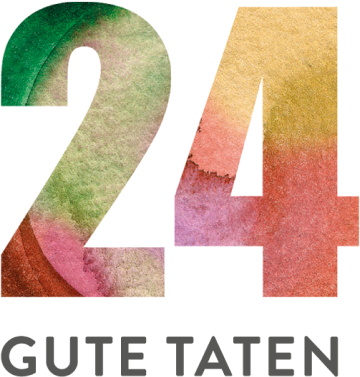Day 18
24 breeding sites for rare wild bee species in the Rhine-Main area
 Homeless wild bees find a home
Homeless wild bees find a home


Wild bee deaths in Germany

need
Nesting aids for wild bees.
activity
Setting up wild bee nesting aids in prominent locations that meet the diverse needs of urban areas.
Measurable performance
Number of nesting sites created.
Result
Permanent settlement of wild bees. Approximately 1,600 offspring hatch per year from each wild bee nesting aid. Transfer of knowledge to students and adults.
Systemically relevant impact
Protection of wild bees. Increasing the urban population’s knowledge of wild bees and wild bee-friendly plants.
background


The good deed
AboutGermany
Berlin
Capital city
80 651 900
Population
47 590 USD
Gross domestic product
per capita per year
6
Human Development Index
(Human Development Index)
